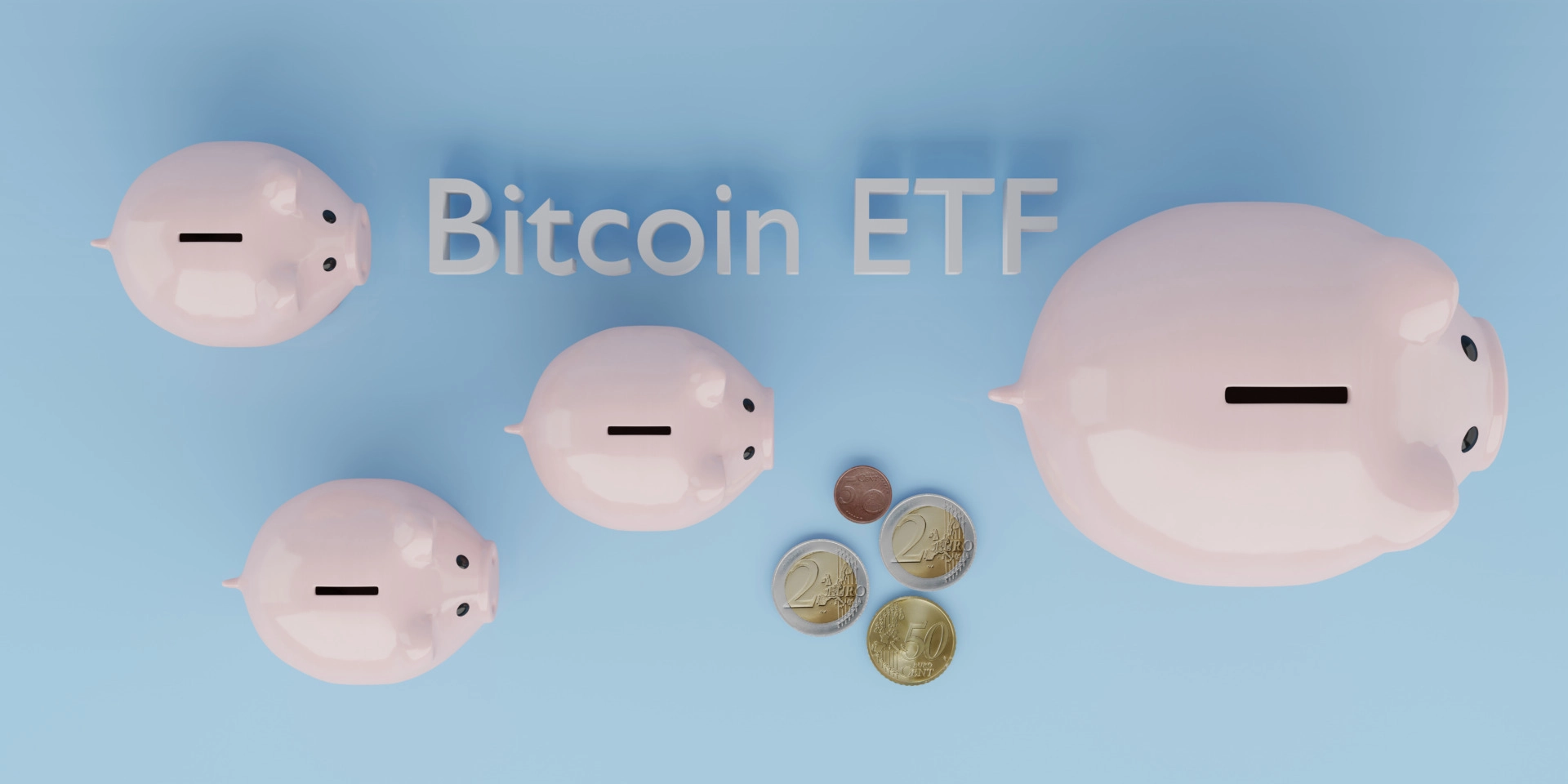- AUD/JPY depreciates as traders exercise caution ahead of the US CPI report.
- The Australian Dollar faced challenges as the RBA Governor Bullock stated that upside inflation risks have eased.
- The JPY gained ground as robust Japan's PPI data suggested the possibility of further BoJ’s rate hikes.
AUD/JPY continues to lose ground for the second successive day, trading around 96.30 during early European hours on Wednesday. The risk-sensitive Australian Dollar (AUD) faces challenges against its major peers due to market caution ahead of crucial US November Consumer Price Index (CPI) data, which are expected to be released later in the North American session.
The downside of the AUD/JPY cross could be attributed to a weaker Aussie Dollar following less hawkish remarks from the Reserve Bank of Australia (RBA) Governor Michele Bullock in the post-meeting conference held on Tuesday.
RBA Governor Bullock highlighted that while upside inflation risks have eased, they persist and require ongoing vigilance. Bullock also stated that the RBA will closely monitor all economic data, including employment figures, to guide future policy decisions. The Reserve Bank of Australia decided to keep the Official Cash Rate (OCR) unchanged at 4.35% in its final policy meeting in December.
The AUD/JPY pair faced downward pressure due to a stronger Japanese Yen (JPY), driven by robust Producer Price Index (PPI) data, which suggests the possibility of further policy tightening by the Bank of Japan (BoJ).
However, the JPY lacks strong bullish momentum, as uncertainty lingers over the BoJ’s willingness to implement another rate hike in December. While BoJ Governor Kazuo Ueda recently hinted that the timing for the next rate hike is approaching, supported by solid underlying inflation data, dovish BoJ board member Toyoaki Nakamura has warned against premature rate increases, adding to the skepticism surrounding the BoJ’s policy direction.
Interest rates FAQs
Interest rates are charged by financial institutions on loans to borrowers and are paid as interest to savers and depositors. They are influenced by base lending rates, which are set by central banks in response to changes in the economy. Central banks normally have a mandate to ensure price stability, which in most cases means targeting a core inflation rate of around 2%. If inflation falls below target the central bank may cut base lending rates, with a view to stimulating lending and boosting the economy. If inflation rises substantially above 2% it normally results in the central bank raising base lending rates in an attempt to lower inflation.
Higher interest rates generally help strengthen a country’s currency as they make it a more attractive place for global investors to park their money.
Higher interest rates overall weigh on the price of Gold because they increase the opportunity cost of holding Gold instead of investing in an interest-bearing asset or placing cash in the bank. If interest rates are high that usually pushes up the price of the US Dollar (USD), and since Gold is priced in Dollars, this has the effect of lowering the price of Gold.
The Fed funds rate is the overnight rate at which US banks lend to each other. It is the oft-quoted headline rate set by the Federal Reserve at its FOMC meetings. It is set as a range, for example 4.75%-5.00%, though the upper limit (in that case 5.00%) is the quoted figure. Market expectations for future Fed funds rate are tracked by the CME FedWatch tool, which shapes how many financial markets behave in anticipation of future Federal Reserve monetary policy decisions.
Information on these pages contains forward-looking statements that involve risks and uncertainties. Markets and instruments profiled on this page are for informational purposes only and should not in any way come across as a recommendation to buy or sell in these assets. You should do your own thorough research before making any investment decisions. FXStreet does not in any way guarantee that this information is free from mistakes, errors, or material misstatements. It also does not guarantee that this information is of a timely nature. Investing in Open Markets involves a great deal of risk, including the loss of all or a portion of your investment, as well as emotional distress. All risks, losses and costs associated with investing, including total loss of principal, are your responsibility. The views and opinions expressed in this article are those of the authors and do not necessarily reflect the official policy or position of FXStreet nor its advertisers. The author will not be held responsible for information that is found at the end of links posted on this page.
If not otherwise explicitly mentioned in the body of the article, at the time of writing, the author has no position in any stock mentioned in this article and no business relationship with any company mentioned. The author has not received compensation for writing this article, other than from FXStreet.
FXStreet and the author do not provide personalized recommendations. The author makes no representations as to the accuracy, completeness, or suitability of this information. FXStreet and the author will not be liable for any errors, omissions or any losses, injuries or damages arising from this information and its display or use. Errors and omissions excepted.
The author and FXStreet are not registered investment advisors and nothing in this article is intended to be investment advice.


